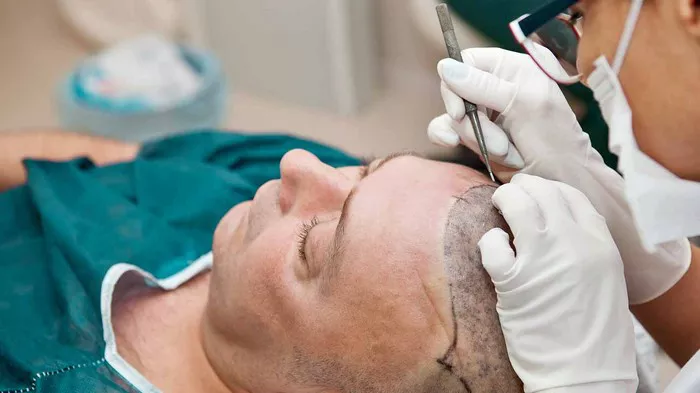When you’ve made the decision to undergo a hair transplant, one of the most common questions that arise is, “How long until hair transplant grows?” This is a critical aspect of the procedure, and understanding the timeline is essential for managing your expectations. In this comprehensive guide, we will delve into this question, providing you with detailed insights into the timeline of hair transplant growth.
The Immediate Post-Transplant Phase
Immediately following a hair transplant, you might experience various changes and sensations on your scalp. These sensations are important to understand to manage your expectations. Here’s what you can expect:
1. Scabbing and Redness: In the initial days after the transplant, you’ll notice scabbing and redness on the recipient area. This is entirely normal and typically subsides within the first couple of weeks.
2. Shock Loss: A phenomenon known as “shock loss” can occur. This is the temporary loss of some of your existing hair in the recipient area. Don’t be alarmed; it’s a natural part of the healing process.
3. Initial Growth: Hair transplant grafts might start growing in the first three months, but this growth can be minimal and uneven.
4. Immediate Hair Washing: Your surgeon will provide instructions for washing your hair within the first few days. Proper care and maintenance are crucial during this period.
The First Three Months
The initial three months after your hair transplant are a critical phase in the growth process. Here’s what you can expect in this timeframe:
1. Stubborn Stubble: Initially, the newly transplanted hair might resemble stubble, giving you the appearance of “peach fuzz.” This is entirely expected and signifies the beginning of the growth process.
2. Irregular Growth: The transplanted hair doesn’t grow uniformly across the recipient area. Some areas may exhibit more growth than others. Patience is key at this stage.
3. Avoid Expecting Full Growth: It’s important not to expect full growth or density during these first three months. Hair growth is a gradual process.
Months Three to Six
The three to six-month period post-transplant is when you’ll notice more substantial changes. Here’s what to anticipate during this phase:
1. Increased Length: The transplanted hair will continue to grow in length, becoming more noticeable.
2. Density Improvements: The transplanted hair becomes denser as it matures, providing better coverage in the recipient area.
3. Camouflaging Existing Hair: With more length and density, the transplanted hair will effectively camouflage any existing hair loss.
Months Six to Nine
In this phase, the results of your hair transplant will become even more apparent. Here’s what you can expect:
1. Notable Growth: By month six, you will see substantial growth in the transplanted hair, and it will be longer and thicker than before.
2. Natural Appearance: The transplanted hair will now have a more natural and seamless appearance, blending well with your existing hair.
Beyond Nine Months
At this stage, you will be well on your way to achieving the final results of your hair transplant. Here’s what you can look forward to:
1. Final Results: Your hair transplant will continue to mature and blend seamlessly with your existing hair. The full growth and density will be achieved.
2. Styling Options: With a full head of hair, you can explore different hairstyles and enjoy the newfound confidence.
3. Long-Term Maintenance: Continue to follow post-transplant care guidelines to maintain the health and appearance of your hair.
See Also: How Long Do Men’s Hair Transplants Last: A Quick Guide
In conclusion
The timeline for hair transplant growth varies from person to person, but these general guidelines can help you understand the process. It’s essential to be patient and manage your expectations during the post-transplant phases. Remember that the full results may take up to a year or more to become fully evident, but the wait is well worth it for the confidence and improved appearance you will gain. Always consult with your surgeon for specific guidance tailored to your unique case.


